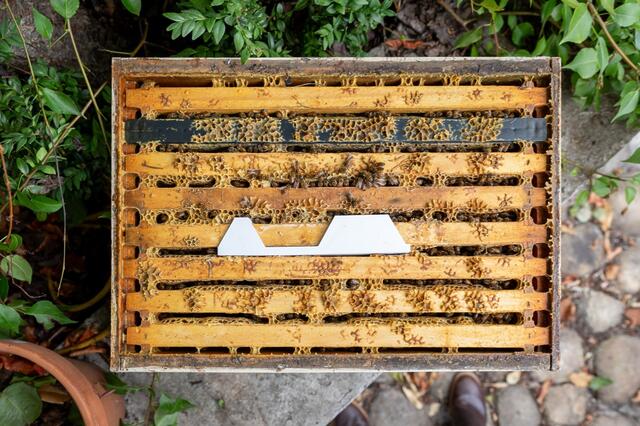
Community collaboration takes the sting out of varroa mite
Beekeepers across New South Wales and the Australian Capital Territory will help in the fight against the spread of the most serious pest of honeybees in the world through a low-cost Internet of Things solution.
Two pilot programs targeting varroa mite, and co-funded to the tune of $130,000 under the Catalysing Australia’s Biosecurity (CAB) initiative, are due to begin in the coming months.
The programs come as the national management group for varroa destructor, which includes governments and industry, endorsed plans to move from an eradication response to a management approach in February.
The ACT pilot is a collaboration between the Department of Agriculture, Fisheries and Forestry (DAFF), CSIRO, the ACT Government and University of Canberra (UC). It will use a citizen science approach to trial Vimana Tech’s BeeRight technology and use environmental DNA (eDNA) with up to 30 local backyard beekeepers/hobbyists in the ACT region.
The NSW pilot is a collaboration between DAFF, CSIRO, Queensland’s Department of Agriculture and Fisheries and UC. It will also use the BeeRight technology and eDNA on known hives infected with varroa mite in NSW. There will also be a citizen science component like the ACT approach.
First Assistant Secretary of Biosecurity Strategy and Reform Bronwen Jaggers said the pilots provided a unique opportunity to test the technology and how it could best be used in urban and peri-urban areas.
“With the recent agreement on the varroa mite transition to management plan, the focus is now on slowing the spread as much as possible, and supporting beekeepers to keep their hives healthy,” Ms Jaggers said.
“The ACT pilot will help us confirm whether the region continues to be free from varroa mite and help prepare the community for future spread to the region.
“Both pilots are a practical example of the National Biosecurity Strategy in action, demonstrating the value of information exchange between the public, industry and government for early detection and response. The pilots are testing technology which could offer a relatively low-cost approach to slowing the spread of this destructive pest.
“We need community help to test this new method to see if it has the potential to detect Australian varroa. It’s a way that citizen scientists can help protect our valuable pollination services and agricultural industries.”
Image courtesy of Vimana Tech
Fast facts
- BeeRight technology is a low-cost Internet of Things-based solution, packed full of intricate sensors that provides valuable insights to beekeepers on the overall health of their hives.
- This includes hive activity, colony strength, queen status/productivity, swarming status, hive location, presence of disease and most importantly, when to treat. It can easily be installed into any hive without disrupting the bees or damaging the hive.
- BeeRight has been successful in identifying varroa mite in New Zealand, but as bees behave differently in Australia, more testing is required here to confirm the technology can detect Varroa mite here. This has not been possible until now due to the recent outbreak and will be validated against existing diagnostic methods such as eDNA tests, sugar shakes, alcohol washes and stick mats.
Varroa mite does not cause death to the bee, they mainly feed and reproduce on the larvae and pupae causing malformation and weakening honeybees as well as transmitting viruses.

